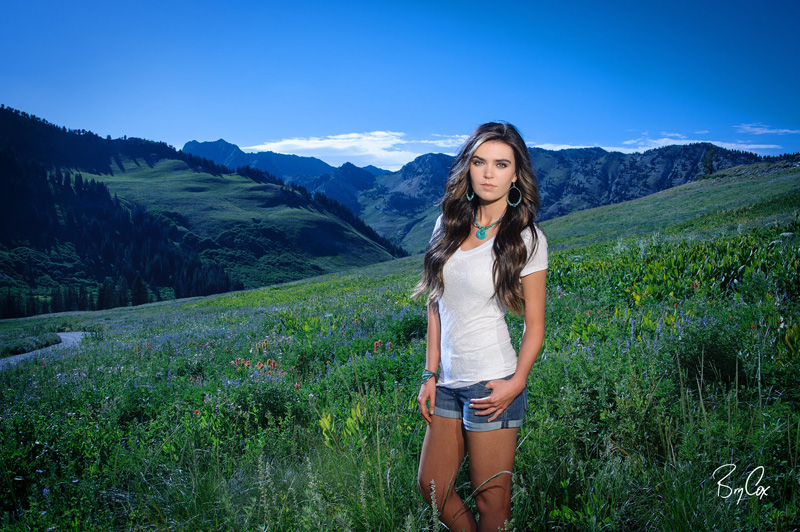
How did I turn this normal background into this deep blue background in the second image? But more importantly, how did I do it in-camera, without post production work while keeping the skin tones of the model perfect?
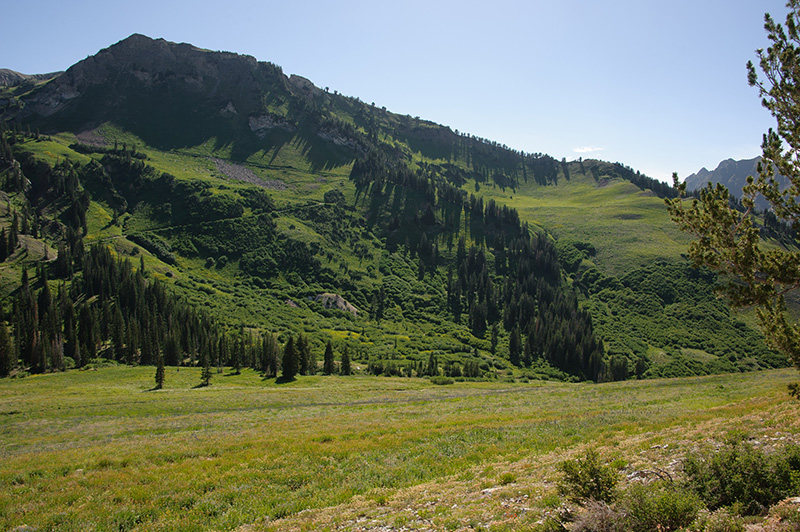

Photographers usually try to set themselves apart by creating new looks, sadly that sometimes leads to loud and awful software effects. Though some effects can helpful if used subtly, it is much better to create your own effects in-camera. You will not only get more clean and realistic images, but you will also save a ton of time later in the computer.
Rogue recently asked me to test their line of flash gels that come pre-cut in a nice carry pouch, and connect to your small travel flash with a heavy duty rubber band.
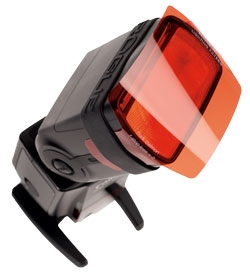
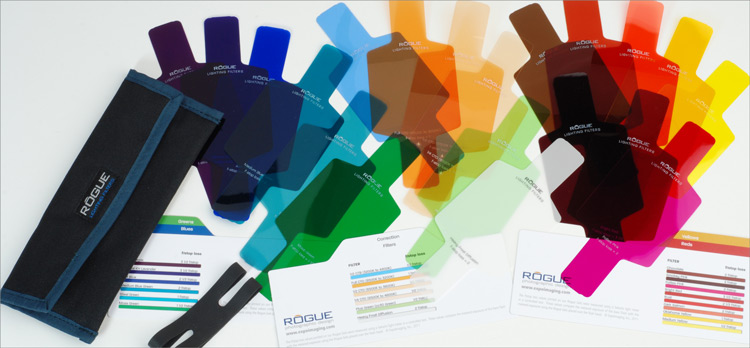
The normal way to use these is to fire colored flashes to parts of an image, like making a wall red behind someone, or mixing colors for a dance club look.
However I chose to use them in a different way. I used them on my main light for portraits, and corrected for them by creating an in-camera custom color balance so that the skin tones would look normal but the background would go the opposite color.
For example, here is the location I used as a background. I shot this first image using a custom color balance that I measured off of the sun. The result is a clean blue sky and perfect greens. The image is scene accurate.

I then added my model and set up my flashes with a warm gel. I created a custom color balance measured off that gel, used manual exposure and flash outputs, and the result is this image below. Notice that skin tones remain normal and the background went cool, the opposite color of the gel. Now my sky is even more blue and the greens are a deep blue/green.

Using the same manual settings, I changed only my gel color and custom white balance. I went with a cool gel so that I’d get a warm background. Notice the difference. It appears as if I’m shooting at different times of day and getting different looks when in reality I’m shooting right in the middle of the day. I was able to create in camera, the look of early sunrise or sunset, while keeping great skin tones.
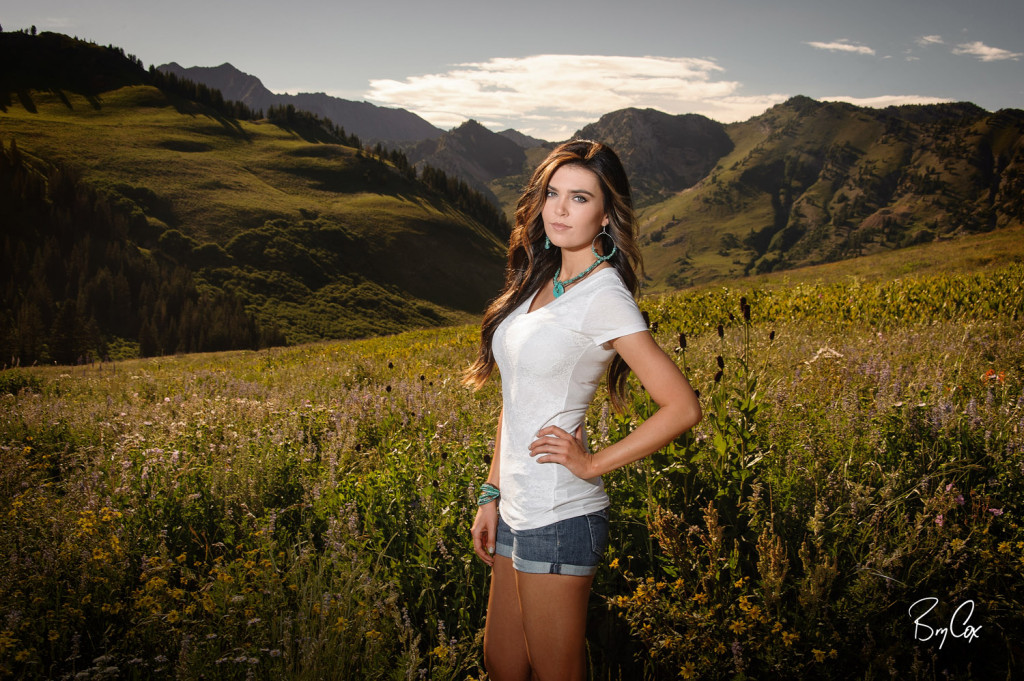
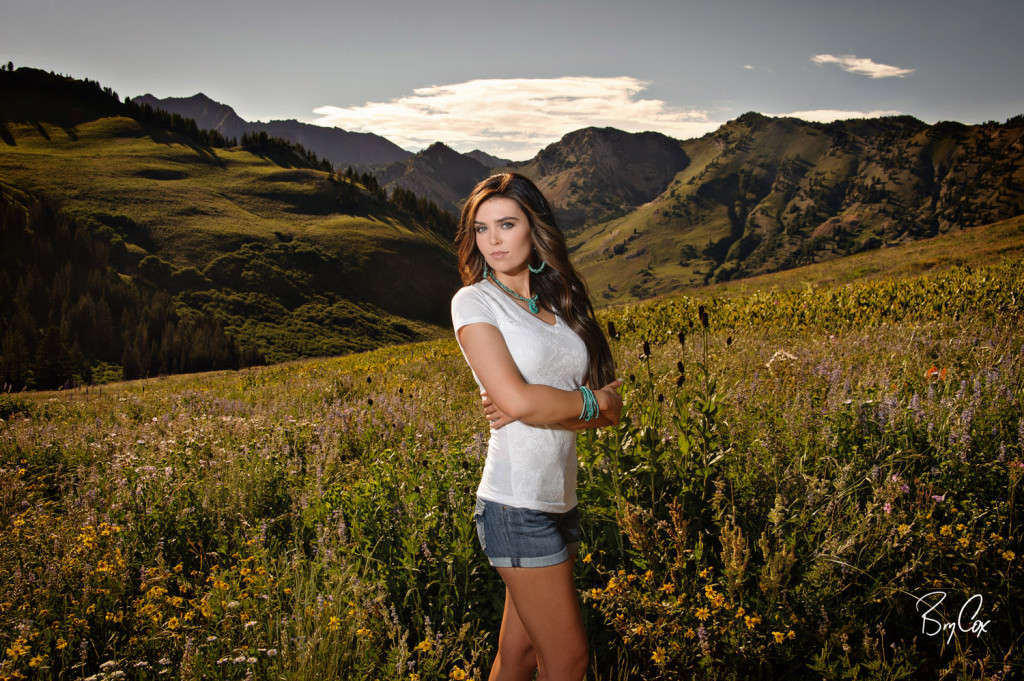
Switching to a green gel means I got a magenta background. The magenta and blue combine for a more purple sky, and the purple flowers in the meadow are accentuated.
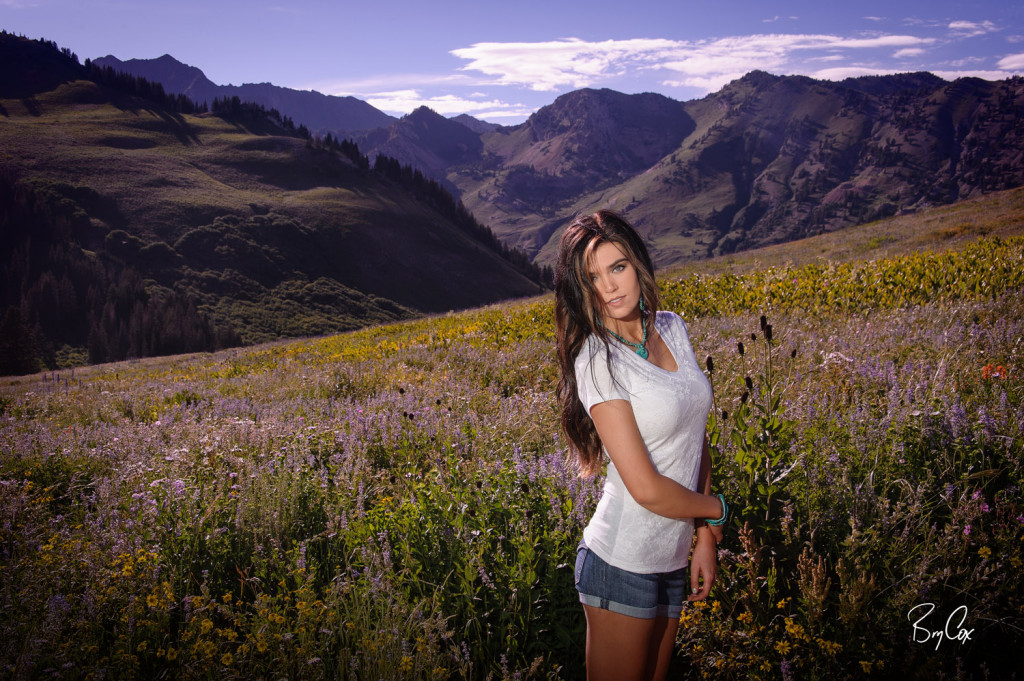
I continued this process to create all of the following images, all with custom white balances measured off the gels.
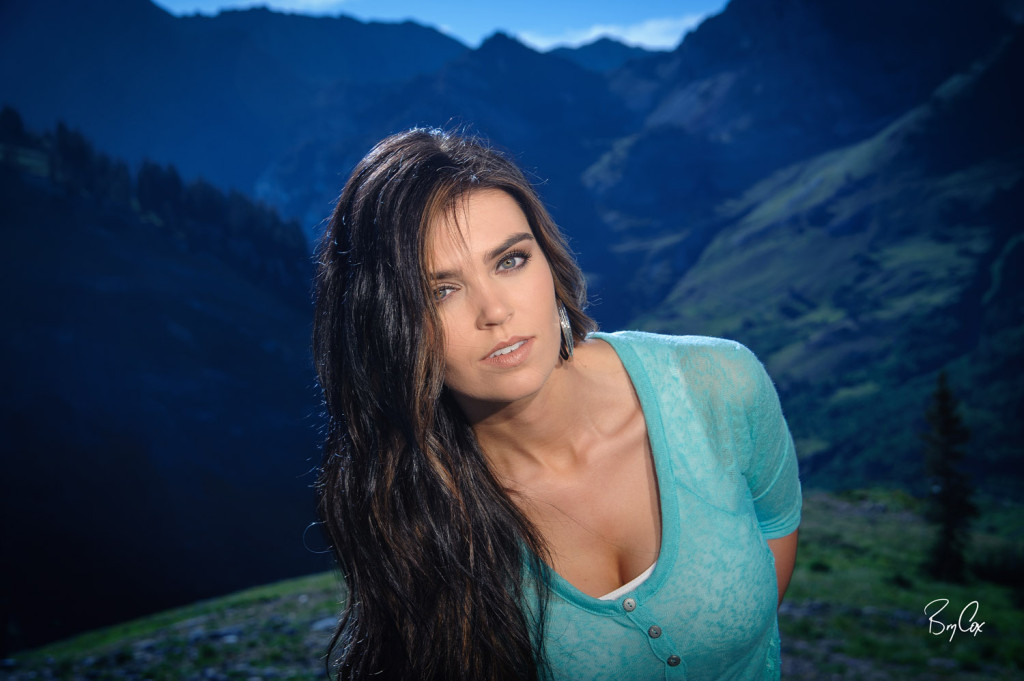
Again, with every photo shoot, all of my settings are manual. As photographers, we only have five settings to think about and set: f/stop, shutter, iso, white balance, and flash. Everything else on the camera is an auto function trying to make those five things seem easier, but in actuality it makes things more complicated. One of the most common complaints I hear from photographers is that they are frustrated with their image results – they don’t know why the auto functions don’t produce the results they want.
Instead of relying on your gear to just provide you results, separate yourself by picking your results yourself. Learning and picking your five settings on every shot means that you get to decide how your photo will look. Start with envisioning the best possible image from where you are standing, then work backwards to choose the settings that will give you that result.
For me, I wanted a warm sunset look, even though the sun wasn’t low and warm. I was able to create that look with all manual settings and a gel on my flash.
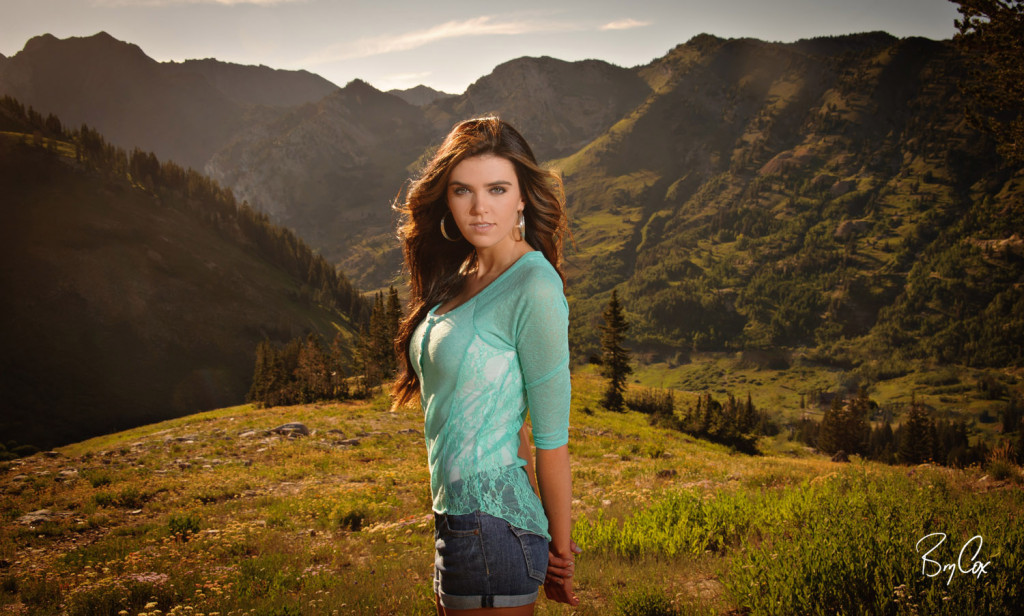
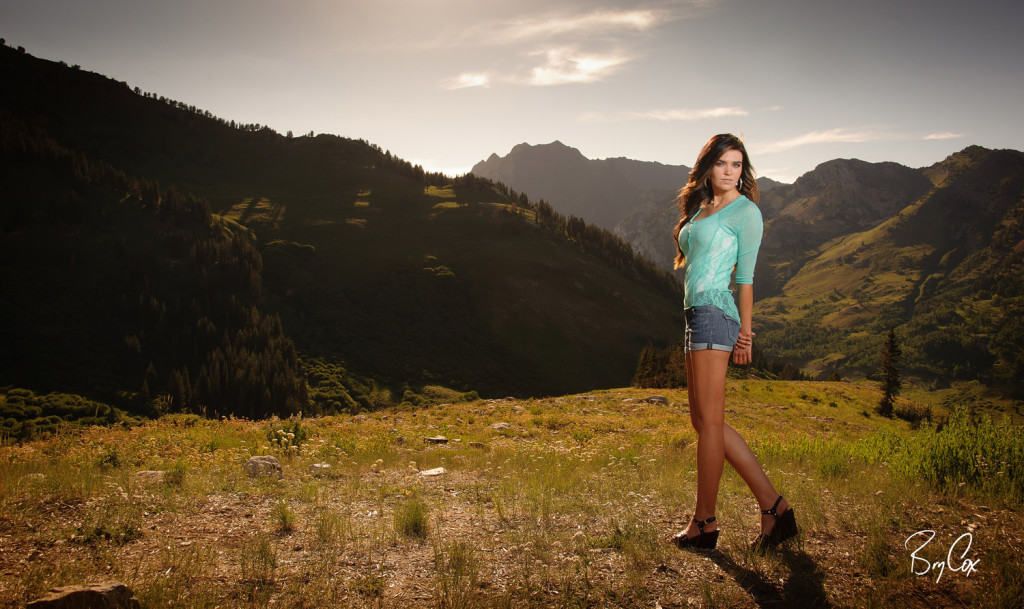
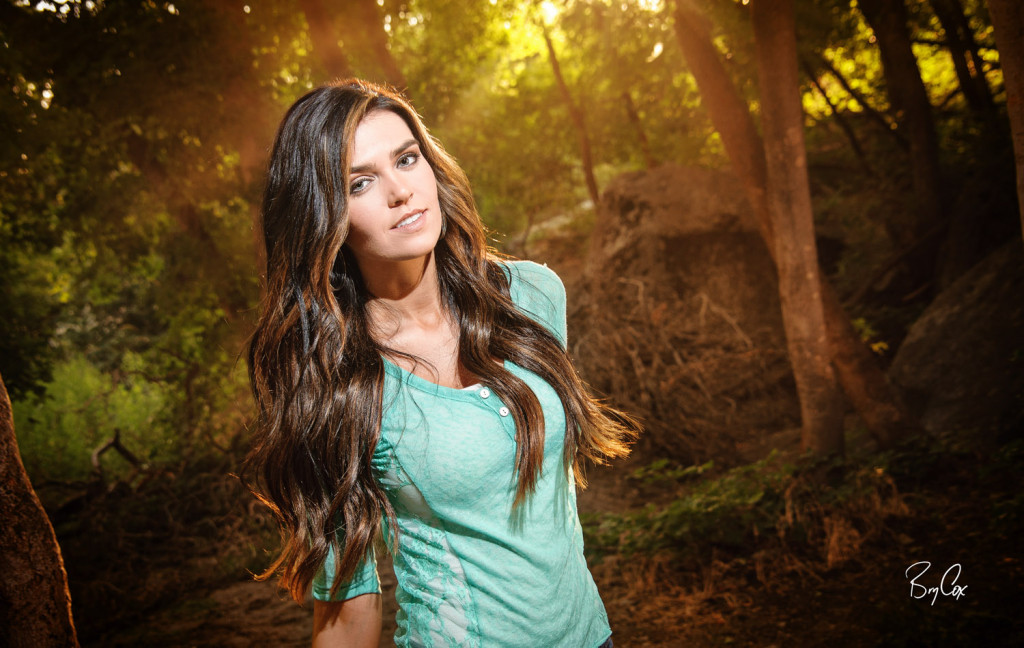
Here’s the best part: by setting everything manual, there is almost zero computer work done to any of these images! None of these images have been color corrected, lightened, darkened, etc.
I offer some free videos to explain my system of quickly metering and setting color balance manually for each light setup, as well as videos on understanding how to add flash to an outdoor situation. You can get them and other videos by signing up for my email list here.
Then using my system for getting perfect exposure and color balance in camera means you don’t have to adjust files later. Add to that my deeper lighting instructions like my 3-part system for lighting women, and you get images straight out of camera that need zero retouching. With this technical understanding, you can focus on posing and getting real expression so that your images are great technically, creatively, and emotionally.
And for members of my site, I also have a video of my full digital workflow on these images and what was and more specifically, wasn’t done to them. See that video here.
And until next time, America.